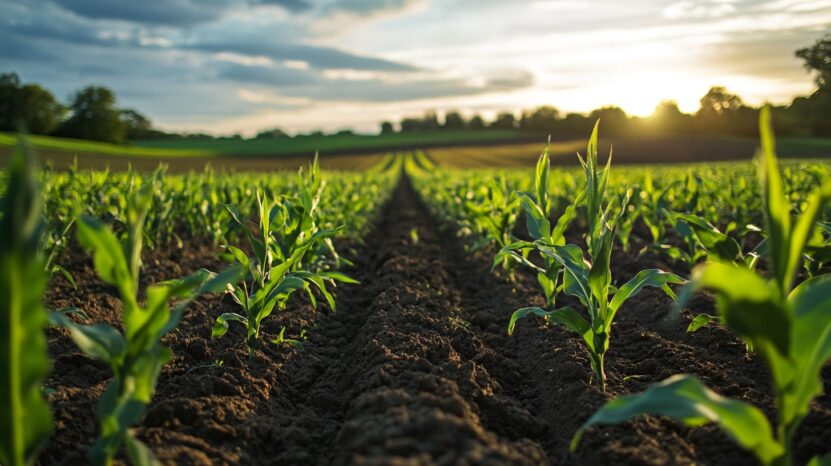Regenerative agriculture is a farming approach focused on restoring the health of the soil, ecosystems, and biodiversity.
Unlike conventional methods, it takes a holistic view of agriculture as part of a broader system, where every element—from the soil to the water to the farmer—plays a crucial role.
The primary goal is to create resilient, self-sustaining agricultural practices that benefit both the environment and society.
Let us talk about it in greater detail.
Key Principles of Regenerative Agriculture
Regenerative agriculture is built on several core principles that focus on enhancing the environment while maintaining sustainable food production systems.
These principles aim to restore ecosystems, improve biodiversity, and reduce reliance on synthetic inputs.
Soil Health
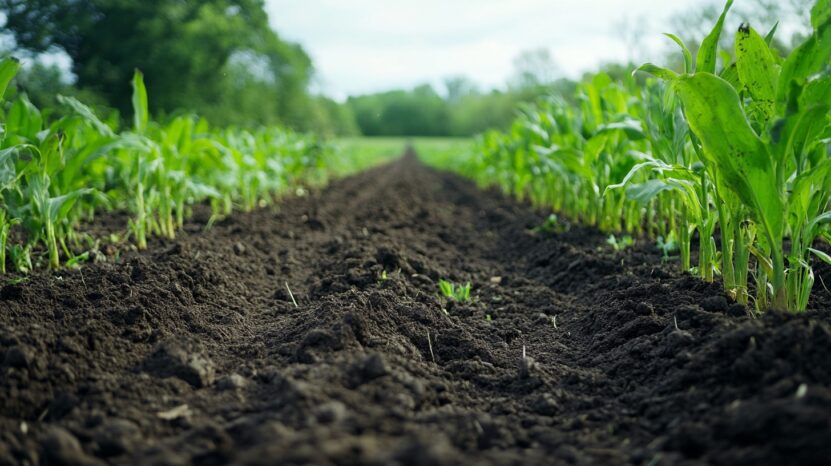
Soil health is fundamental in regenerative agriculture, emphasizing practices that improve and protect the soil’s natural structure and fertility.
- Cover cropping: Planting crops to protect the soil between harvests helps prevent erosion and promote biodiversity.
- No-till farming: Reduces disturbance to the soil, preserving its structure and supporting the organisms that live within it.
- Composting: Adds organic material to the soil, enhancing its nutrient content and increasing its capacity to retain water.
These techniques play a vital role in reducing soil erosion, promoting biological activity, and increasing organic matter in the soil.
Healthier soil not only retains water better and promotes root growth but also serves as a significant carbon sink, sequestering carbon and helping combat climate change.
Improving soil health reduces the need for chemical inputs and contributes to the long-term sustainability of farms.
Biodiversity Enhancement
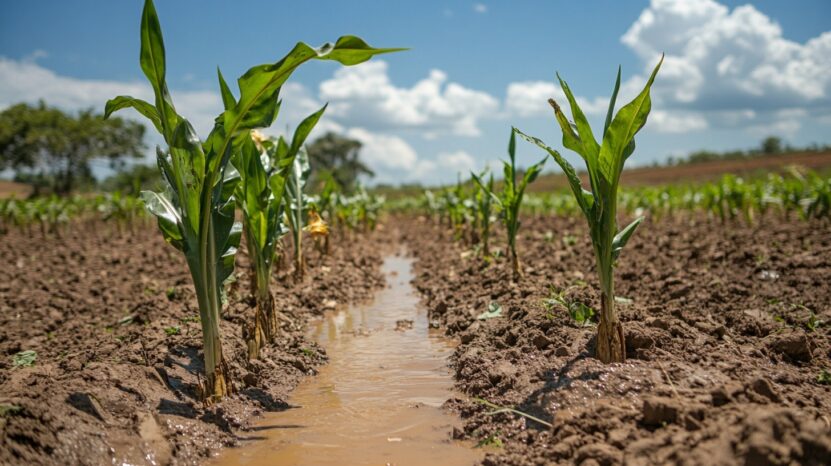
Biodiversity is essential for a healthy ecosystem, and regenerative agriculture actively promotes it by incorporating various species, from plants and livestock to pollinators and microorganisms.
- Field strips: Planting different crops in strips to diversify species.
- Hedgerows: Introducing vegetation borders to attract wildlife and beneficial insects.
- Mixed cropping systems: Growing multiple crops together to mimic natural ecosystems.
These approaches not only improve biodiversity but also contribute to pest control, soil fertility, and resilience against diseases and climate extremes. By mimicking natural environments, regenerative agriculture fosters a balanced, self-sustaining system.
Reducing Chemical Inputs
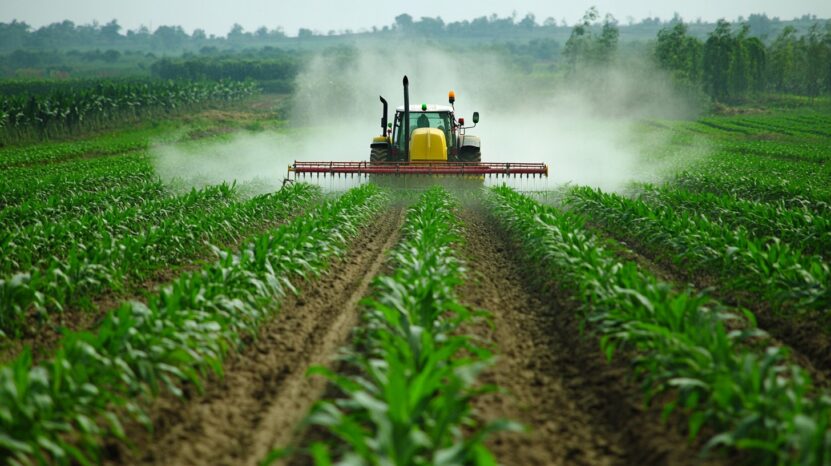
Reducing the use of synthetic fertilizers, pesticides, and herbicides is a central tenet of regenerative agriculture.
The overuse of these chemicals can degrade soil health, pollute water systems, and harm biodiversity.
- Organic fertilizers: Using compost and manure to replenish soil nutrients naturally.
- Biological pest control: Encouraging beneficial insects to manage pests.
- Precision farming: Using digital tools to apply water and nutrients only where needed, reducing waste.
These practices help safeguard soil and water quality, while also reducing the environmental footprint of agriculture.
Water and Climate Resilience
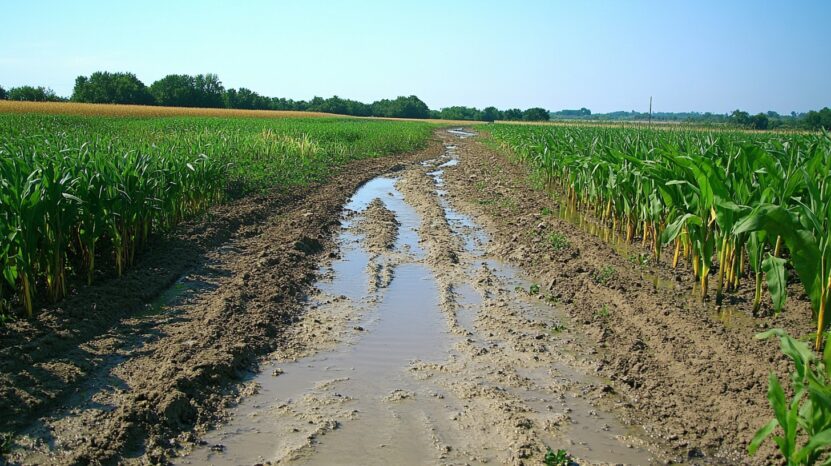
Water management and resilience to climate change are critical components of regenerative agriculture.
By improving soil structure and organic content, regenerative practices enhance the soil’s water retention capacity, making it more resilient in the face of extreme weather conditions such as droughts and floods.
- Sequestering carbon: Healthy soils store more carbon, reducing the overall carbon footprint of agriculture.
- Reducing greenhouse gas emissions: Through decreased reliance on synthetic inputs and improved soil management.
This focus on water and climate resilience makes regenerative agriculture a viable solution for future food security in a changing climate.
Regenerative agriculture thus presents a holistic approach to farming that not only benefits the environment but also supports long-term sustainability, food security, and ecosystem health.
Environmental and Ecological Benefits
Regenerative agriculture offers significant environmental and ecological benefits, especially in the context of climate change.
Carbon sequestration in soils turns agricultural land into carbon sinks, which absorb more CO2 than they release.
Regeneration International emphasizes that improving soil carbon content helps mitigate the negative effects of greenhouse gases, which is crucial in the fight against global warming.
This approach also helps preserve natural ecosystems by reducing the pressure to clear forests or convert grasslands into farmland.
- Biodiversity
- Carbon storage
- Clean air and water
Moreover, regenerative agriculture plays a role in preventing land degradation and restoring lands that have become unproductive due to poor farming practices.
The goal is to heal the land while producing food sustainably.
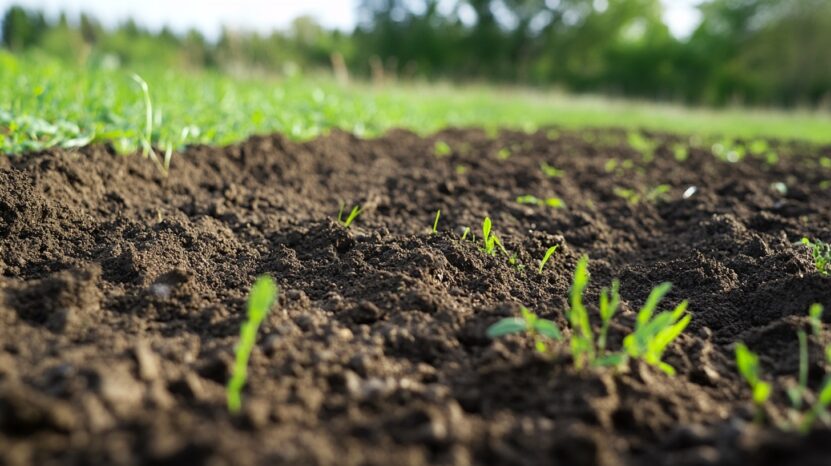
Social and Economic Impacts
The social and economic impacts of regenerative agriculture are profound. One of the key benefits is increased farm productivity and profitability. Farmers who adopt regenerative practices often see higher yields and reduced input costs.
Regenerative agriculture makes farms more resilient to climate impacts, allowing them to weather droughts, floods, and temperature extremes more effectively.
Case studies show that farmers can increase their income while reducing dependence on costly chemical inputs.
Another important aspect is community and social equity.
Regenerative agriculture addresses historical injustices in farming, particularly for marginalized communities such as Black, Indigenous, and Latino farmers.
It offers economic development opportunities in rural areas and improves food security by fostering resilient local food systems.
Common Practices in Regenerative Agriculture
A variety of common practices help farmers adopt regenerative agriculture while enhancing both environmental and economic outcomes.
| Practice | Description | Environmental Benefits |
|---|---|---|
| Cover Cropping | Planting crops to protect soil. | Prevents erosion, retains water, stores carbon. |
| Holistic Grazing | Rotating livestock to boost soil health. | Improves soil, reduces fertilizer use. |
| No-till Farming | Avoiding plowing to protect soil. | Reduces erosion, lowers carbon impact. |
| Agroforestry | Using trees to enhance biodiversity. | Boosts biodiversity, aids water retention. |
The Bottom Line
Regenerative agriculture presents a comprehensive solution for addressing the pressing environmental challenges of our time.
By focusing on soil health, biodiversity, and climate resilience, it offers a sustainable path forward for food production.
Adopting these practices is not only crucial for the health of our planet but also for the wellbeing of communities around the world.

